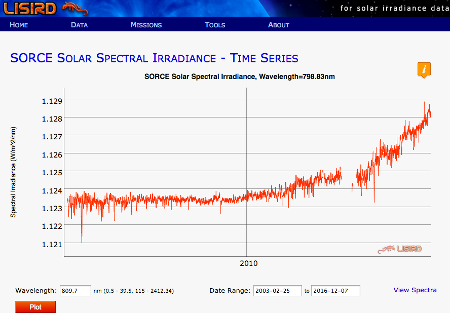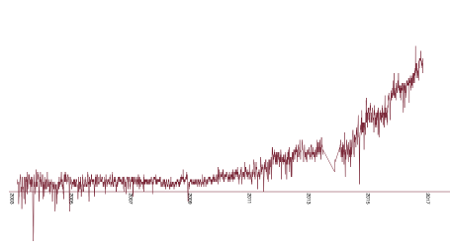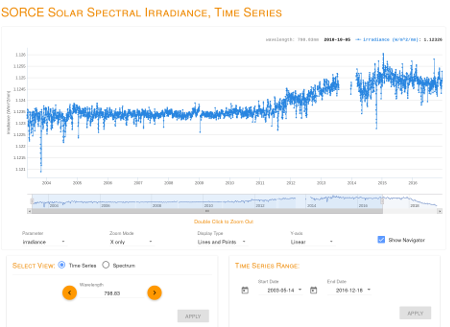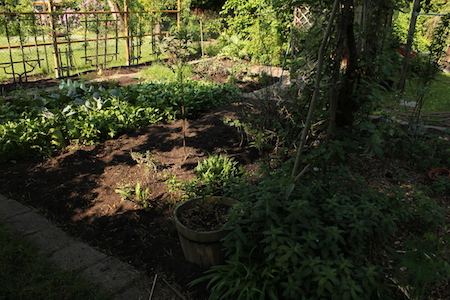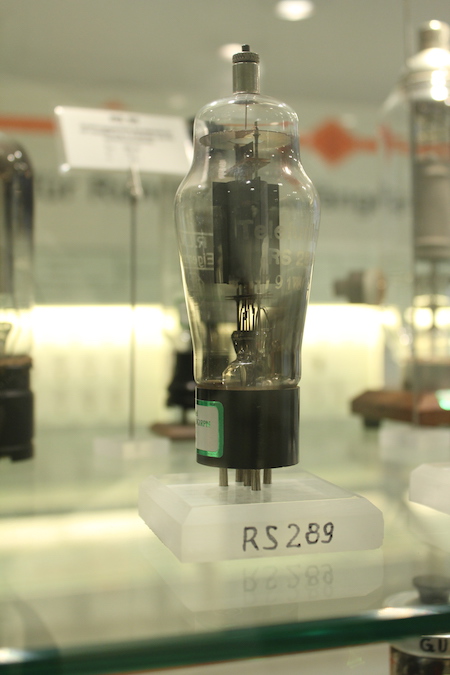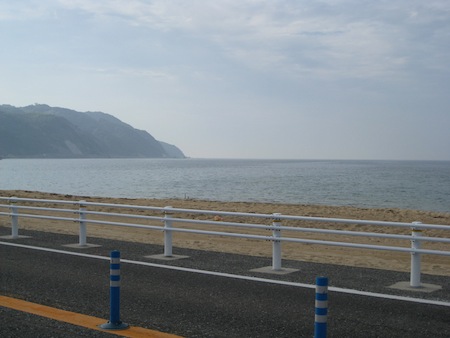
A reoccurring question on randform is: how stable is the current ecosystem on earth? And in particular how stable is it as a not too hostile environment for humans?
A possibility to find out is to isolate living systems.
Some of these experiments of such (more or less) closed artificial ecosystems were mentioned in the 2006 randform post Mars on earth.
And at least one of these long-term experiments more or less partially failed (namely the First mission of Biosphere 2) because, as the Pittsburgh Post-Gazette wrote: Biosphere 2 members “aired out”:
With an admitted leakage rate of just under 10 percent of its atmossphere yearly, oxygen levels inside dropped gradually over the project’s first 15 months, eventually reaching the levels normally found atop a 13,400-foot mountain. Because the oxygen loss was gradual, the crew members were able to continue functioning but their physical activities were eventually reduced to about 70 prcent of normal because of oxygen deprivation before project staffers outside injected more air.
As far as I know the major reasons, why the oxygen levels dropped were never fully established.
The reasons given in the Pittsburgh are differing from what I thought and wrote about the major reasons in the Mars on earth blog post:
the air supply had to be reenforced due to a miscalculation of the air consumption of bacteria in the soil of the greenhouse
where in retrospective I am unfortunately not sure, whether this reason about the decline of oxygen was given in the TV documentation which I had seen about Biosphere 2 or whether this was just my own interpretation of what had most probably happened.
So the question about the stability of the earth ecosystem is last but not least a question of O2 or not O2. And the balance of very tiny organisms may play a very major role in that question.
So amongst others in the post How much O2 will be left? I suggested that
“melting of permafrost could not only lead to more CO2 in the air but also induce a reagression of O2 (which may e.g. be due to a sudden expansion of aerobic organisms)*”
There are also other randform posts which intrinsically look at the O2 (and also CO2) balance. In particular some posts are dedicated to the oceans via studying phytoplankta.
Like the 2009 post about “The tragedies of marine towns” or the 2010 post about phytoplankton decline. Amongst others the posts illustrate again how complicated it is to infer any future developments, and that is even not easy to monitor the developments of microorganisms. Whatsoever -it seems that rather big changes may be underway, which may point to an out-of-balance situation. But as said this is an ongoing discussion and e.g. the phytoplankton post needs to be updated with the finding that it seems (following an article in the new scientist ) that
The rate at which phytoplankton are disappearing as oceans warm has been vastly overestimated by a glitch in models.
And in particular that
Increased CO2 concentrations often have competing positive and negative effects on phytoplankton, with winners and losers among different species.
Where especially the abundance of diatoms seems to be controversial.
That is the NASA study from 2015 Sept. 23 in Global Biogeochemical Cycles sees a clear decline at least in northern regions, while Nature (pay wall) finds:
Climate change enhances diatom growth mainly owing to warming and iron enrichment, and both properties decrease cellular nutrient quotas, partially offsetting any effects of decreased nutrient supply by 2100.
There are some possibilities to get a better overview over the stability of ecosystems from an more abstract viewpoint (see e.g. this article on Quanta) but still.
And because the balance of the microorganisms is so complicated (and in fact heavily influenced by human activity even in a rather direct way (see e.g. algae fuel)) and since models are only models it is important to conduct concrete experiments with closed ecosystems and at least to monitor direct physical quantities like oxygen levels.
So in fact by looking at visualizations of oxygen concentration in various years at NOAA it had been written in another randform post of 2014 that oxygen saturation in the ocean especially in the north seemed to have declined and eventually likewise the oxygen concentration in the air.
Do we know more now?
Unfortunately it seems things got rather worse. That is despite the fact that meanwhile there had been flamboyant announcements by various people to establish even settlements on Moon and Mars, it seems research on closed environments is rather in decline (a brief update here). That is it seems BIOS 3 closed now for real (thats how it sounded following an article in novosti kosmonavtiki) and the last experiments in the direction of a closed system seem to have been the Yuegong-1 mission in May 2014, but maybe I oversaw something.
Worse however seems to me the fact that NOAA seems to have ceased to produce visualizations of the oxygen concentrations.
Is that true?
At least there seem still to be people who look at things. That is in a recent article my observation in this randform post about the decline in oxygen levels was confirmed. (via CNN)
The confirming article is behind a paywall but if you click on the link in the CNN article it is momentarily visible and it’s written:
We find that the global oceanic oxygen content of
227.4 ± 1.1 petamoles (10^15 mol) has decreased by more than two per cent (4.8 ± 2.1 petamoles) since 1960, with large variations in oxygen loss in different ocean basins and at different depths.
and
Five distinct regions with significant oxygen loss stand out that cannot be attributed to solubility changes. These are (1) tropical regions of all basins, which contain most of the upper ocean OMZ, (2) the North Pacific, (3) the South Atlantic, (4) the Southern Ocean and (5) the Arctic Ocean (Table 1, Fig. 1b, Extended Data Fig. 4).
The authors likewise see microorganisms as a potential major cause for the decrease:
This suggests that either multi-decadal variations or changes in ocean circulation induced ventilation, potentially
enhanced by increased upper ocean biological activity, are responsible
for the observed changes in oxygen below 1,000 m.
However as far as I understood their data went only until 2010 and my alarming observation was from the change between 2009 and 2013.
